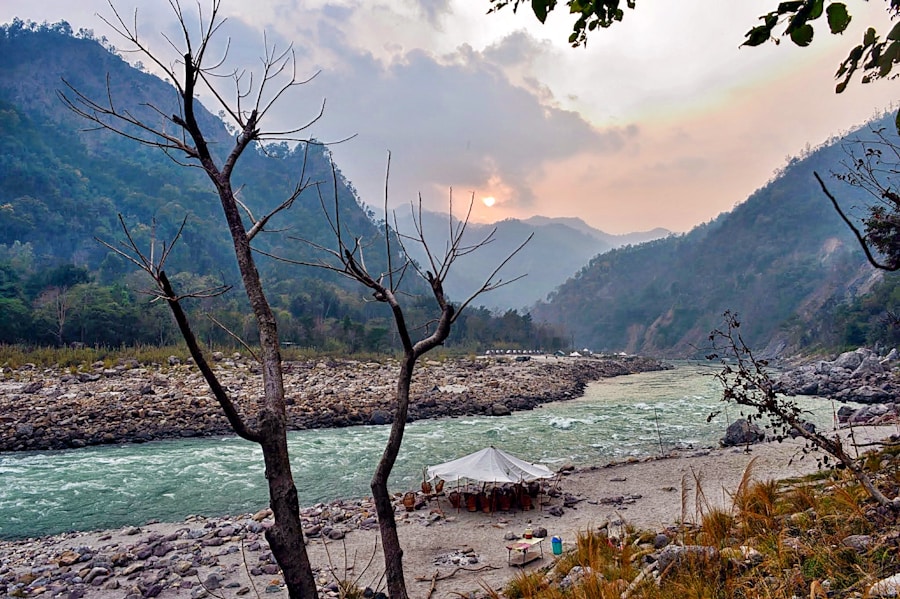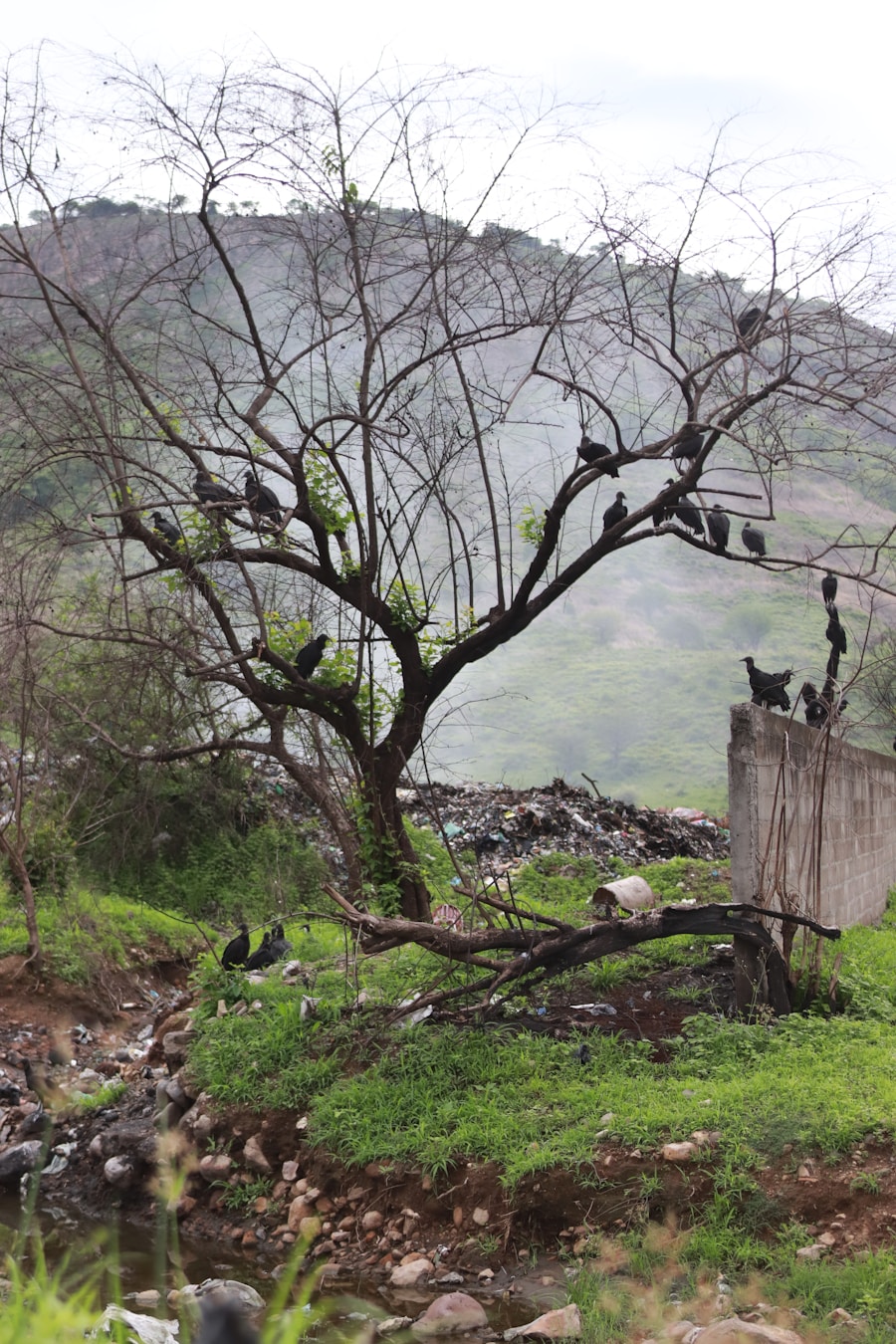Development and resistance movements have emerged as critical responses to the challenges posed by rapid industrialization, urbanization, and globalization.
The tension between development and resistance is not merely a clash of interests; it embodies deeper philosophical debates about progress, equity, and the rights of marginalized populations.
As nations pursue economic growth, the consequences of such pursuits can lead to significant social and ecological upheaval, prompting communities to mobilize in defense of their rights and resources. The historical context of these movements is rich and varied, with roots tracing back to colonial times when indigenous populations resisted exploitation and dispossession. In contemporary settings, development resistance movements have gained momentum, fueled by a growing awareness of environmental issues and social injustices.
Activists often employ a range of strategies, from grassroots organizing to legal challenges, to assert their rights and advocate for sustainable alternatives. The narratives of these movements are not only about opposition; they also highlight the resilience of communities and their commitment to preserving their way of life in the face of overwhelming odds.
Key Takeaways
- Development and resistance movements are essential for protecting the environment and local communities from the negative impacts of development projects.
- The Chipko Movement in India is a powerful example of local resistance leading to successful forest conservation efforts.
- The Narmada Bachao Andolan highlights the ongoing fight against displacement and environmental destruction caused by large-scale development projects.
- The Silent Valley Movement showcases the importance of protecting biodiversity and ecosystems from destructive development activities.
- Development resistance movements have left a lasting impact on environmental and social justice, inspiring ongoing struggles for a sustainable future.
The Chipko Movement: A Story of Forest Conservation and Local Resistance
The Chipko Movement, which began in the early 1970s in the Indian state of Uttarakhand, is a seminal example of grassroots environmental activism. The term “Chipko” translates to “to hug” in Hindi, symbolizing the act of embracing trees to protect them from being felled. This movement emerged as a response to the rampant deforestation that was threatening local ecosystems and the livelihoods of rural communities dependent on forest resources.
The movement was characterized by its non-violent approach, where villagers, particularly women, would physically wrap their arms around trees to prevent loggers from cutting them down. One of the most notable incidents occurred in 1974 when a group of women led by Gaura Devi confronted loggers in the village of Reni. Their courageous stand not only halted the logging operation but also galvanized widespread support for forest conservation across India.
The Chipko Movement highlighted the intrinsic connection between local communities and their environment, emphasizing that sustainable practices are essential for both ecological balance and social justice. The movement’s success led to significant policy changes, including a ban on tree felling in certain areas and increased recognition of the rights of forest-dwelling communities.
Narmada Bachao Andolan: The Fight Against Displacement and Environmental Destruction

The Narmada Bachao Andolan (NBA), or Save the Narmada Movement, emerged in the late 1980s as a powerful response to the construction of large dams on the Narmada River in India. The Sardar Sarovar Dam project was touted as a means to provide irrigation and hydroelectric power; however, it posed severe threats to thousands of people living in its path. The NBA brought together a diverse coalition of activists, environmentalists, and affected communities who opposed the displacement caused by these mega-projects.
Central to their struggle was the demand for justice for those who would be uprooted from their homes and livelihoods. The movement gained international attention as activists highlighted the social and environmental costs associated with dam construction.
The NBA organized protests, hunger strikes, and legal battles to challenge government policies that prioritized infrastructure over people’s rights. Their efforts underscored the need for a more equitable approach to development that considers the voices and needs of marginalized populations.
The Silent Valley Movement: Protecting Biodiversity and Ecosystems
The Silent Valley Movement in Kerala during the late 1970s and early 1980s represents another significant chapter in India’s environmental resistance narrative. This movement arose in response to plans for constructing a hydroelectric dam in one of the last remaining stretches of pristine rainforest in the Western Ghats. The Silent Valley is home to an extraordinary diversity of flora and fauna, including several endangered species.
Environmentalists argued that damming the river would not only destroy this unique ecosystem but also disrupt the delicate balance of life that had thrived there for centuries. Activists rallied around the cause, mobilizing public opinion through campaigns that highlighted the ecological importance of Silent Valley. The movement saw participation from scientists, students, and local residents who recognized that preserving biodiversity was crucial for maintaining ecological health.
Their efforts culminated in a significant victory when the Indian government ultimately decided to abandon the dam project in 1984, designating Silent Valley as a national park instead. This triumph not only protected a vital ecosystem but also set a precedent for future environmental activism in India.
Impact and Legacy of Development Resistance Movements
The impact of development resistance movements extends far beyond immediate victories or defeats; they have fundamentally reshaped public discourse around development practices and environmental stewardship. These movements have played a crucial role in raising awareness about the interconnectedness of social justice and environmental sustainability. They have challenged dominant narratives that equate development solely with economic growth, advocating instead for models that prioritize community well-being and ecological integrity.
Moreover, these movements have inspired a new generation of activists who continue to fight against injustices related to land rights, resource extraction, and environmental degradation. The legacies of movements like Chipko, NBA, and Silent Valley are evident in contemporary struggles against climate change and corporate exploitation. They have laid the groundwork for legal frameworks that recognize environmental rights and have influenced policy changes at both national and international levels.
The principles established by these movements resonate globally as communities everywhere confront similar challenges posed by development agendas that disregard local needs.
The Continuing Struggle for Environmental and Social Justice

The Relevance of Past Resistance Movements
The lessons learned from past resistance movements remain highly relevant today, as activists continue to advocate for equitable solutions that honor both human rights and ecological health.
Proactive Visions for Sustainable Futures
It is essential to recognize that development resistance movements are not merely reactive; they embody proactive visions for sustainable futures rooted in local knowledge and practices. As these movements evolve, they increasingly incorporate diverse voices, including those from indigenous populations, women, and youth, ensuring that their struggles reflect a broader spectrum of experiences and aspirations.
A Collective Fight for Justice
The fight for justice—whether it be against displacement, environmental degradation, or social inequities—continues to inspire collective action across borders, reminding us that the quest for a just world is an enduring journey requiring solidarity, resilience, and unwavering commitment.
If you are interested in exploring human experiences and truths related to environmental movements like Chipko, Narmada Bachao, and Silent Valley, you may find the article on understanding phenomenology insightful. This article delves into the philosophical approach of phenomenology, which focuses on the study of consciousness and the ways in which we experience the world around us. By understanding the human experience at a deeper level, we can better comprehend the motivations behind movements aimed at protecting the environment. Check out the article here.
FAQs
What is the Chipko movement?
The Chipko movement was a forest conservation movement in India in the 1970s, where local communities protested against deforestation by hugging trees to prevent them from being cut down.
What is the Narmada Bachao movement?
The Narmada Bachao movement was a social and environmental movement in India in the 1980s and 1990s, protesting against the construction of large dams on the Narmada River, which would displace local communities and cause environmental damage.
What is the Silent Valley movement?
The Silent Valley movement was a conservation movement in Kerala, India in the 1970s, aimed at protecting the Silent Valley National Park from a proposed hydroelectric project that would have led to the flooding of the area.
What were the main goals of these movements?
The main goals of these movements were to protect the environment, conserve natural resources, and safeguard the rights and livelihoods of local communities against large-scale development projects.
What were the outcomes of these movements?
These movements led to increased awareness about environmental issues, policy changes, and in some cases, the cancellation or modification of development projects to minimize their impact on the environment and local communities.






















+ There are no comments
Add yours